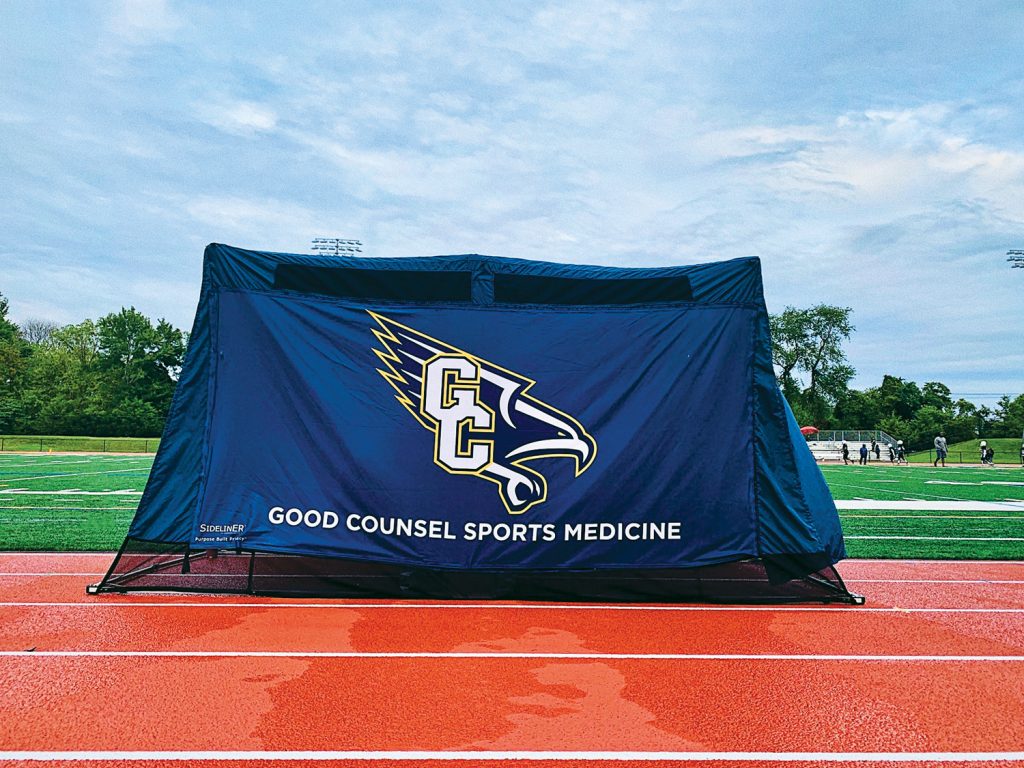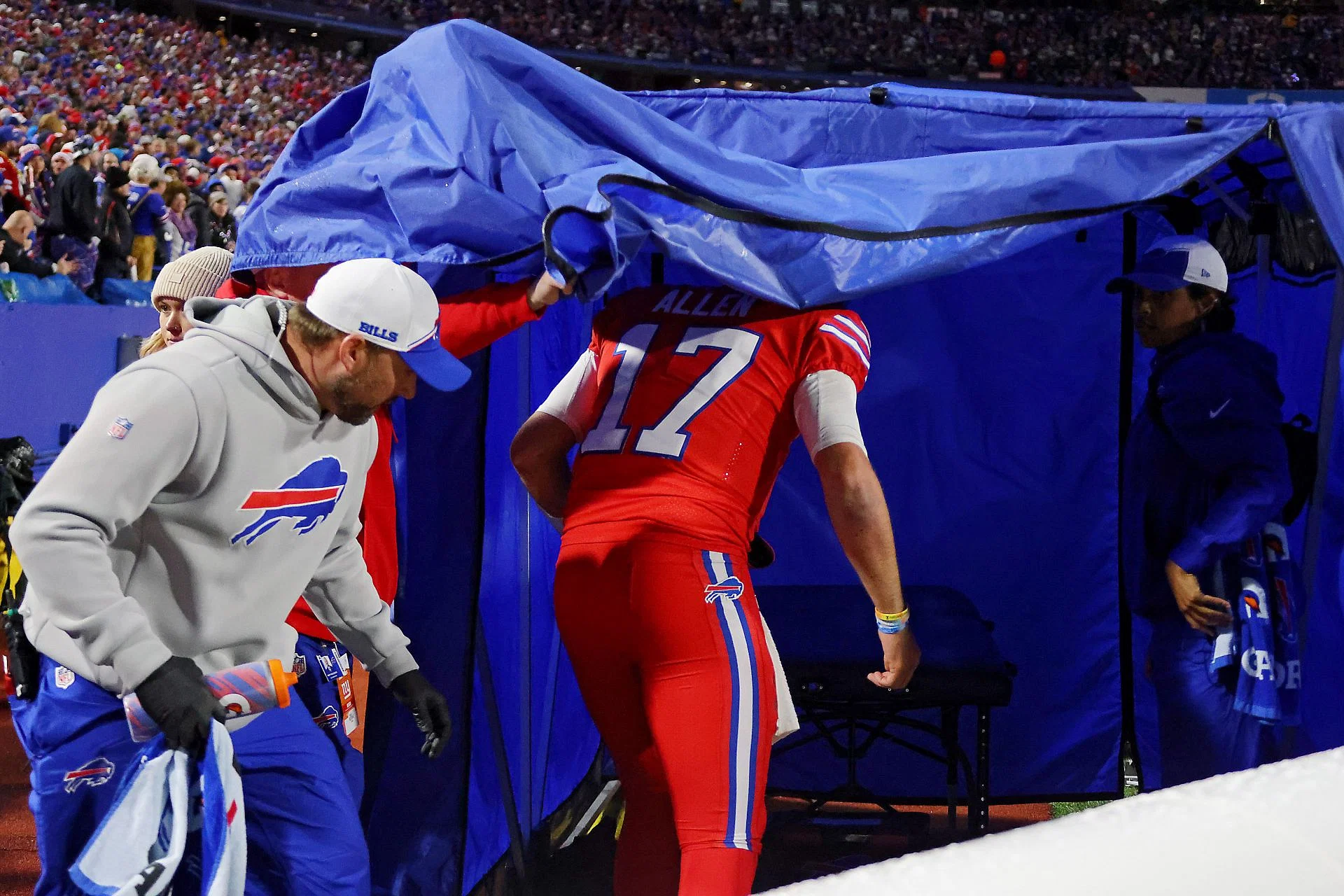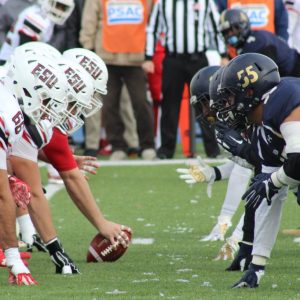I. Introduction
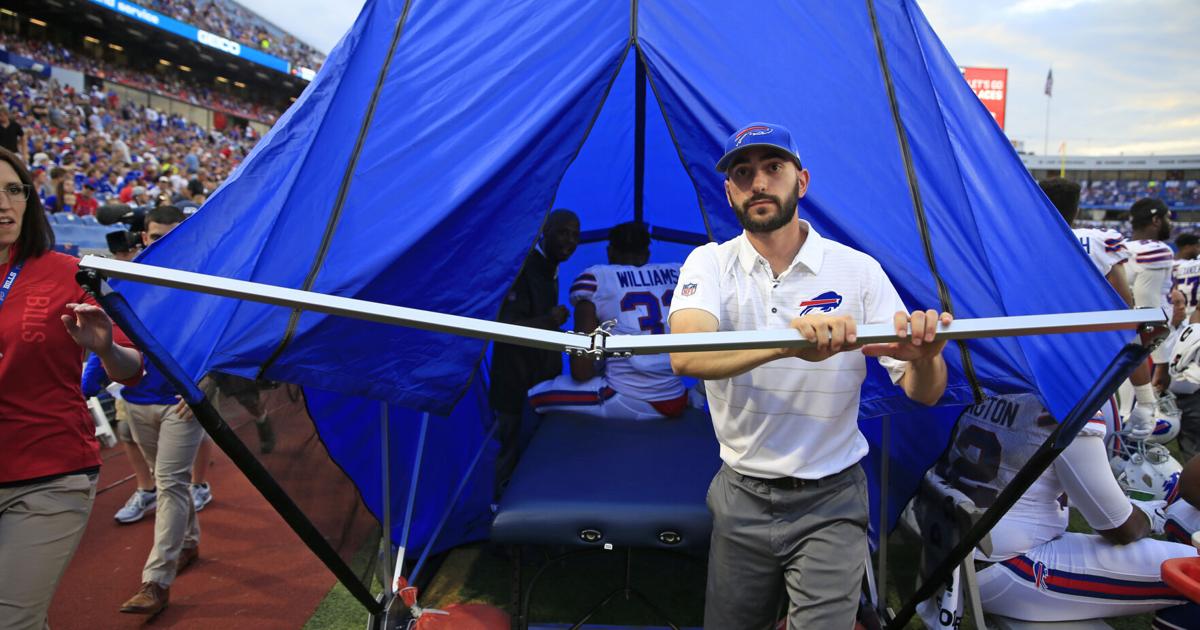
In the fast-paced world of football, player safety has become a paramount concern. With the increasing recognition of the long-term effects of concussions, the blue tent has emerged as a crucial component of the game. This article aims to provide a comprehensive understanding of the blue tent in football, its purpose, and its significance in ensuring player welfare.
II. The Blue Tent: What is it?
A. Definition of the blue tent
The blue tent is a designated area on the sidelines of a football field where players are temporarily placed for evaluation in case of suspected head injuries or concussions. It provides a controlled environment for medical professionals to assess a player’s condition without the distractions of the game.
B. Reasons for the introduction of the blue tent
- Player safety concerns
The primary reason behind the introduction of the blue tent is to address player safety concerns. Concussions can have severe consequences, both in the short and long term, and immediate evaluation is crucial to minimize risks. The blue tent allows for prompt assessments to determine if a player can safely return to the field or requires further medical attention.
- Concussion evaluation and management
The blue tent facilitates proper concussion evaluation and management. By providing a controlled space away from the field, medical professionals can conduct thorough assessments and measure potential symptoms. This allows for more accurate diagnoses and appropriate management strategies, ensuring the overall well-being of players.
III. The Blue Tent in Practice
A. The blue tent protocol
- Clear guidelines and procedures
The blue tent protocol includes clear guidelines and procedures to be followed when a player is suspected of a head injury. It outlines the process of removing the player from the field, escorting them to the blue tent, and conducting the necessary evaluations. Standardized protocols help ensure consistency and professionalism across all levels of the game.
- Role of medical professionals
Medical professionals play a crucial role in the blue tent protocol. They are responsible for conducting assessments, using concussion evaluation tools, and making informed decisions about a player’s return to the game. Their expertise and experience are vital in the process of protecting player welfare and promoting long-term health.
B. On-field assessments within the blue tent

- Concussion evaluation tools
Within the blue tent, medical professionals utilize various concussion evaluation tools, such as the Sports Concussion Assessment Tool (SCAT), to assess a player’s cognitive function, balance, and symptoms associated with head injuries. These tools provide a standardized framework for evaluating and diagnosing concussions, aiding in the decision-making process.
- Neurological tests and observations
Medical professionals also rely on neurological tests and direct observations to evaluate a player’s condition. These tests assess cognitive abilities, coordination, visual function, and other vital neurological parameters. Through these assessments, medical professionals can detect any signs of a concussion and determine the appropriate course of action.
IV. Debates and Criticisms Surrounding the Blue Tent
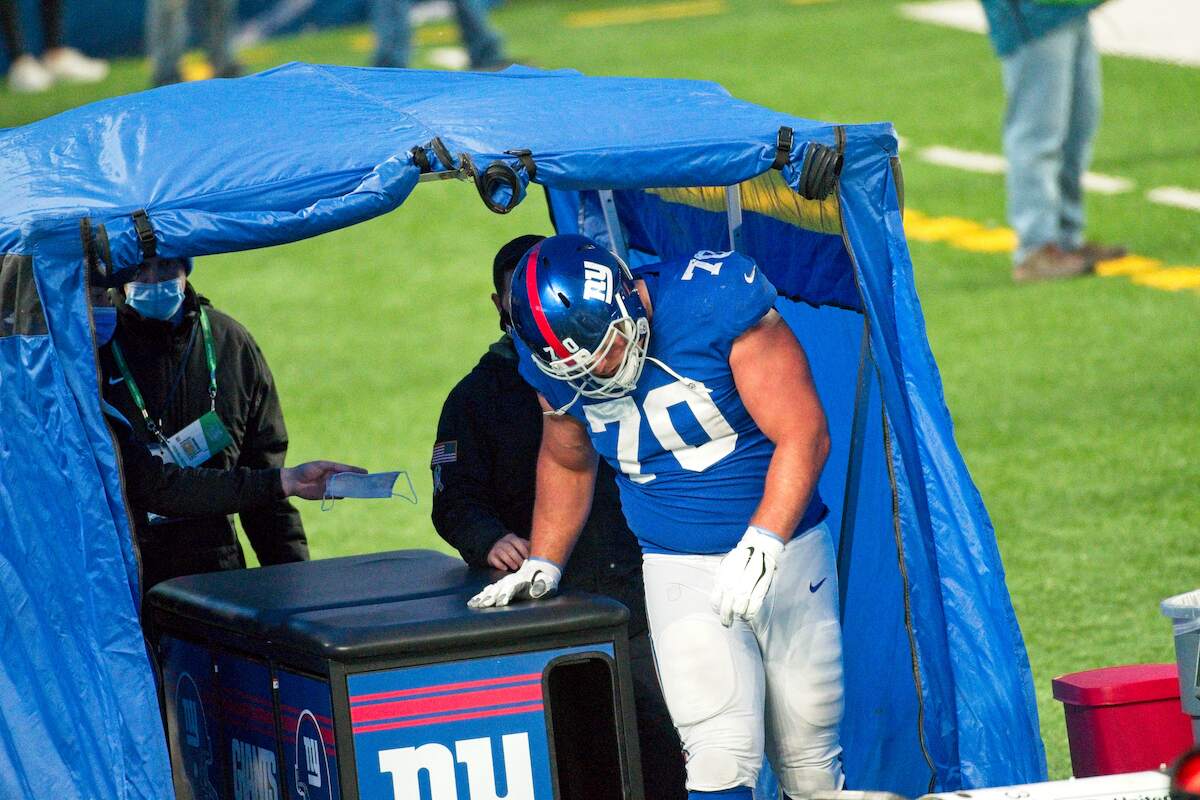
A. Efficacy and reliability of blue tent assessments
The efficacy and reliability of blue tent assessments have been a subject of debate in the world of football. Critics argue that the evaluation conducted within the blue tent may not be as thorough or objective as desired. The limited time and resources available during a game can make it challenging to conduct a comprehensive assessment, leading to concerns about accurate diagnoses and treatment decisions.
Another criticism surrounding the blue tent is the perception of hidden decisions and lack of transparency. Some argue that the evaluation process inside the tent is shielded from public view, leading to suspicions about the credibility and impartiality of the conclusions reached. This lack of transparency can create a sense of distrust among fans, players, and coaches, negatively impacting the overall perception of the blue tent’s effectiveness.
C. Potential impact on the flow and integrity of the game
One of the major concerns with the blue tent protocol is its potential impact on the flow and integrity of the game. The temporary removal of a player for evaluation can disrupt the rhythm and momentum of a team, potentially influencing the outcome of a match. Critics argue that frequent or unnecessary use of the blue tent can lead to unnecessary stoppages and breaks in play, detracting from the overall viewing experience.
V. Addressing Concerns and Improving the Blue Tent Protocol
A. Enhanced transparency and communication
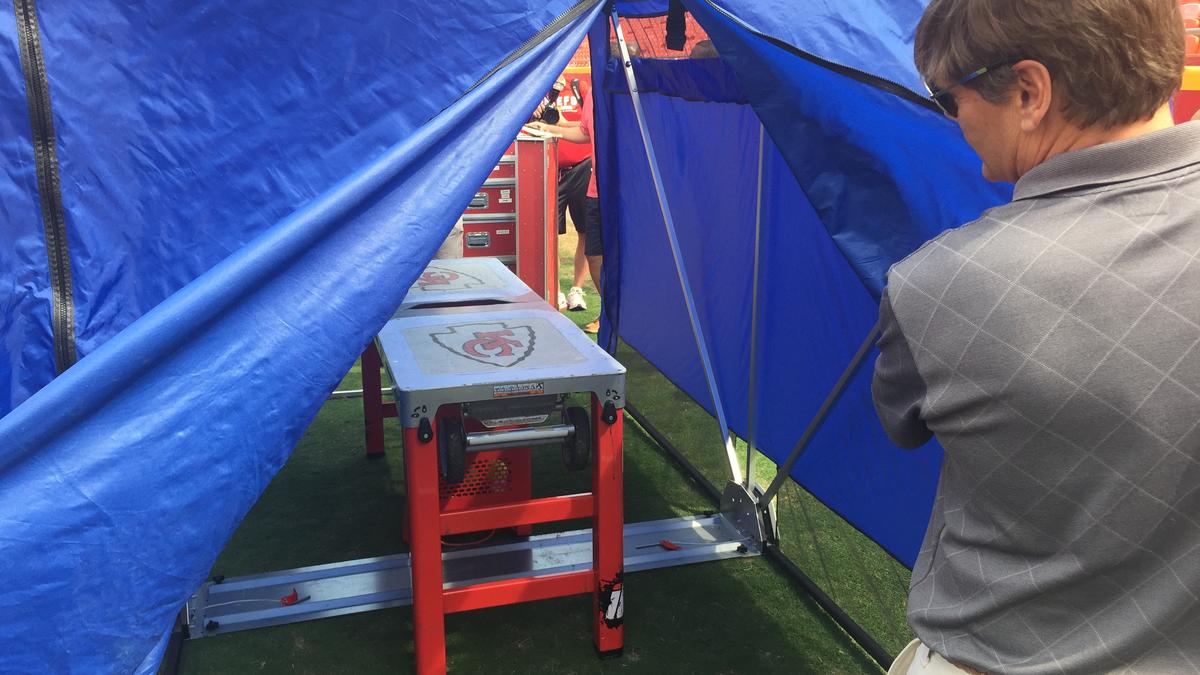
To address the concerns surrounding the blue tent, it is crucial to improve transparency and communication regarding the evaluation process. Increased openness about the assessments and the decision-making involved can help rebuild trust and foster a better understanding of the protocol’s purpose and effectiveness. This can be achieved by providing clearer guidelines, sharing more information about the evaluation criteria, and involving medical professionals in post-game discussions.
B. Continued research and development of concussion assessment tools
Another important aspect of improving the blue tent protocol is the continued research and development of concussion assessment tools. Advancements in technology and medical knowledge can lead to the creation of more reliable and efficient assessment methods. Collaborating with experts in the field to refine existing tools or develop new ones can enhance the accuracy and objectivity of evaluations conducted within the blue tent.
C. Collaboration between medical professionals, officials, and league administrators
Lastly, collaboration between medical professionals, officials, and league administrators is vital for addressing concerns and improving the blue tent protocol. Regular dialogue and exchange of ideas can lead to the implementation of better practices and strategies. Medical professionals can provide valuable insights on the evaluation process, officials can ensure the proper execution of the protocol on the field, and league administrators can facilitate effective communication and incorporate feedback for continuous improvement.
VI. Conclusion
In conclusion, while the blue tent protocol in football has its fair share of debates and criticisms, addressing concerns and improving its effectiveness is essential for player safety and the integrity of the game. Enhancing transparency and communication, continuing research and development of assessment tools, and fostering collaboration among stakeholders can contribute to a more reliable and accepted blue tent protocol. By striving for constant improvement, football can remain at the forefront of player safety and concussion management.
